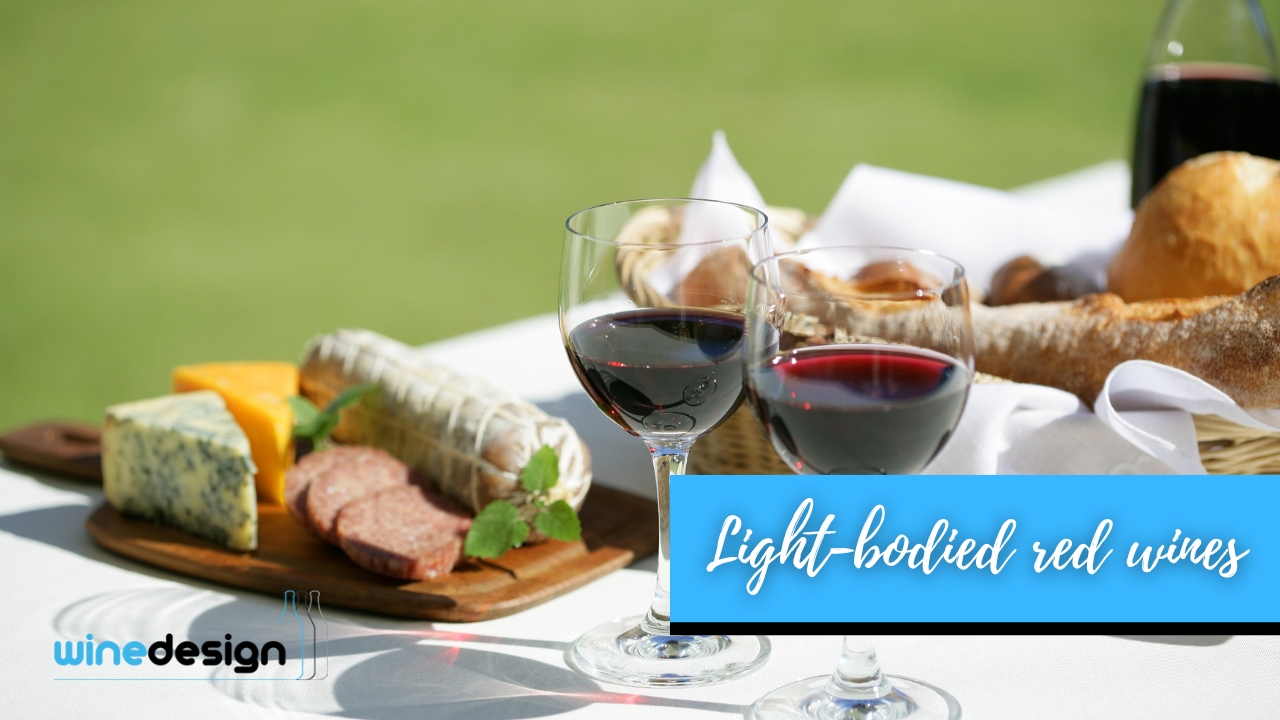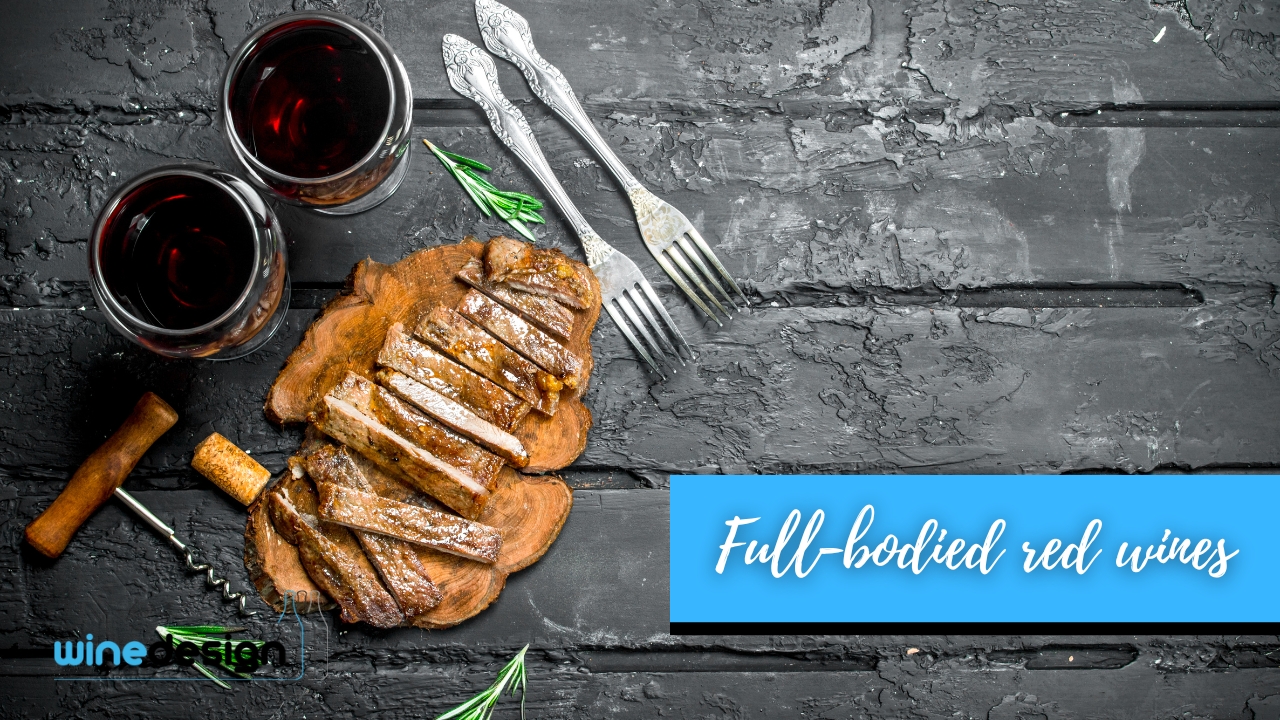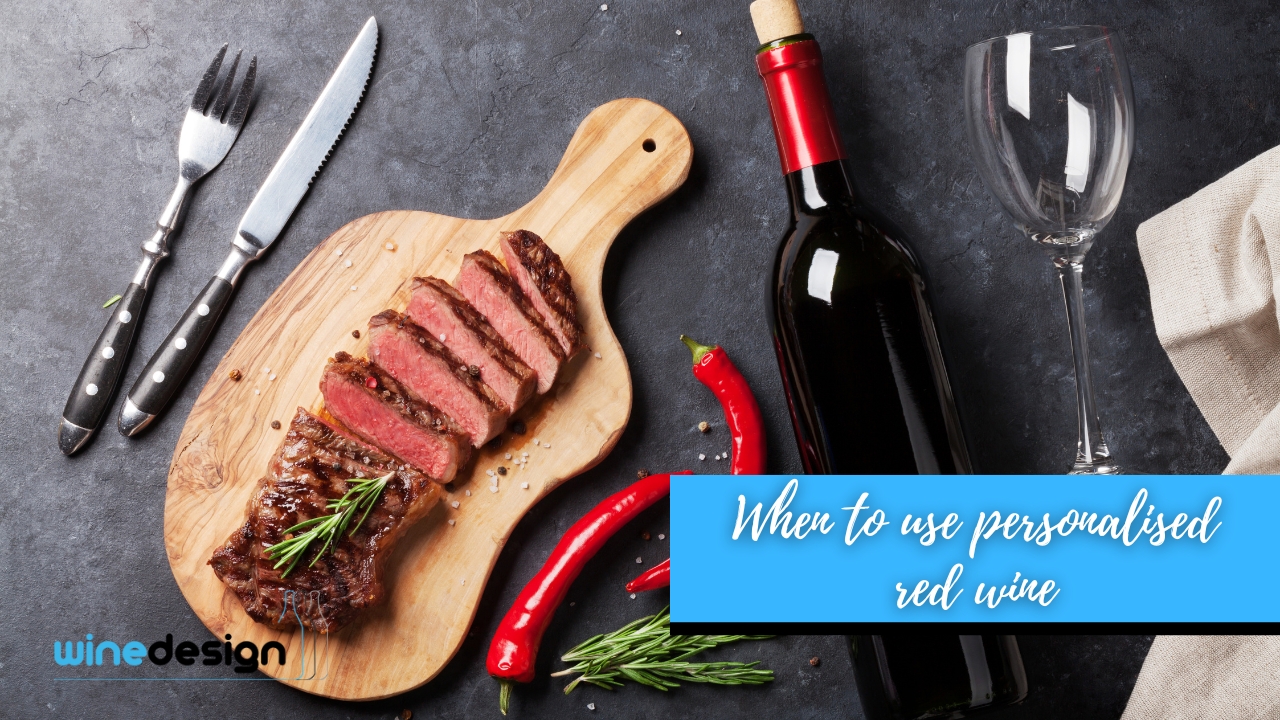Choosing red wine often leads to uncertainty. Most people don’t know what makes one type different from another. They rely on price, branding, or label descriptions. This results in buying wine that doesn’t match the food, the person, or the event.
When the wine is too strong, too bland, or doesn’t pair well with the meal, it feels like a wasted purchase. Guests might leave their glass unfinished. Gifted bottles may sit unopened. These outcomes reduce confidence in choosing wine again. The experience becomes more stressful than enjoyable.
Red wine becomes easier to choose once you focus on its body type. All red wines fall into light, medium, or full-bodied categories. Each type pairs with different food and works for different occasions. When you know how the structure works, you can choose wine based on what suits the setting—not on guesswork.
What red wine is and how it’s made
Red wine is produced through fermentation of dark-skinned grape juice together with the skins. The grape skins contribute colour, tannin, and structure. The longer the skins stay during fermentation, the deeper the wine’s body and flavour.
Wine structure is built from four main components: tannin, acidity, alcohol, and flavour compounds. Grape variety, climate, fermentation method, and ageing process affect how each component behaves.
Red wine includes a range of outcomes. Some wines are light and crisp. Others are dense and textured. Understanding what shapes the body helps guide selection for food, gifting, or serving.
Why red wine selection is difficult
Most wine drinkers don’t know how to interpret wine labels or identify body type. They may choose based on visual design, brand familiarity, or price. This often results in wine that doesn’t suit the food, occasion, or personal taste.
A mismatch can spoil the drinking experience. Full-bodied wine may overpower a light meal. A soft wine may disappear beside grilled meat. Without understanding structure, people make poor choices and avoid trying new wines.
Clear guidance on how body type affects taste, pairing, and strength helps users choose with purpose instead of confusion.
How wine body types help guide decisions
Wine body refers to the weight or thickness of wine in the mouth. It reflects the balance of alcohol, tannin, and flavour. Knowing body type helps people match wine to food and choose based on strength, not appearance or price.
Red wines are grouped into three body categories:
- Light-bodied
- Medium-bodied
- Full-bodied
Each works best with specific meals, times of day, and flavour preferences. When you use body type as a guide, selection becomes easier and more consistent across different settings.
Light-bodied red wines
Light-bodied red wines are low in alcohol and tannin. They feel thin in the mouth and finish clean. The colour is usually pale red or ruby. Common flavour notes include cherry, raspberry, and cranberry.
These wines pair best with low-fat and mild foods such as:
- Soft cheese
- Breads and antipasto
- Roasted vegetables
- Light pasta
- Chicken or fish
Common light-bodied varieties include Pinot Noir, Gamay, and Dolcetto. These are suitable for daytime events, casual meals, or settings where not everyone prefers bold flavours.
Serve at 14–16°C in a narrow glass to retain aroma. They can be slightly chilled but should not be cold.

Medium-bodied red wines
Medium-bodied wines offer more flavour depth and acidity than light reds. They are darker in colour and often include flavours like dark cherry, plum, and herbs. They offer balance without the intensity of full-bodied wine.
Food pairings include:
- Tomato-based pasta
- Grilled chicken
- Pizza
- Firm cheese
- Roasted vegetables
Popular varieties include Merlot, Zinfandel, and Sangiovese. These wines are ideal for meals with varied dishes. They also work well for entertaining or when guests have different preferences.
Serve at 15–18°C in a medium-sized glass that allows room to swirl and release aroma.
Full-bodied red wines
Full-bodied red wines are rich, dense, and high in tannins. They appear dark or opaque and leave a long finish. Common flavours include blackcurrant, prune, spice, and earth.

They suit heavier meals, including:
- Beef or lamb
- Barbecued meats
- Cream-based sauces
- Roasted root vegetables
- Hard cheese
Typical full-bodied wines include Cabernet Sauvignon, Malbec, and Syrah. These wines are best served at evening meals or in cooler weather when stronger flavours are preferred.
Serve at 18°C. Decant for 20–30 minutes before drinking to allow the structure to soften and open.
How to match flavour to wine body
Body type affects which flavours are present and how they are perceived. Light-bodied wines emphasise acidity and red fruits. Medium-bodied wines show balance between fruit, acid, and tannin. Full-bodied wines highlight darker flavours and long structure.
Matching flavour preference involves identifying:
- Whether you prefer sharp or smooth finishes
- Whether red fruit or darker notes are preferred
- Whether texture should be light, balanced, or strong
Once body type and flavour are understood, users can choose based on specific tastes rather than assumptions. This improves the overall experience and supports confident future selection.
How to pair red wine with food
Red wine works best when it matches the weight and character of the food. Tannin softens with protein. Acidity balances richness. Fruit notes enhance grilled and roasted flavours.
Pair based on structure:
- Light-bodied wine with cheese, cold plates, or mild pasta
- Medium-bodied wine with roast chicken, mushroom dishes, or tomato-based meals
- Full-bodied wine with beef, lamb, or rich sauces
Avoid pairing strong wine with mild dishes or soft wine with high-fat meat. This reduces the wine’s quality and can make meals feel unbalanced.
How to serve and store red wine
Red wine should be served just below room temperature. This preserves structure and brings out aroma. Do not chill red wine. Cold temperatures suppress flavour and ruin balance.
Serving temperatures:
- Light-bodied: 14–16°C
- Medium-bodied: 15–18°C
- Full-bodied: 18°C
Once opened, re-cork the bottle and store upright in a cool space. Most red wine stays stable for 3 to 5 days. Full-bodied wine lasts longer due to higher tannin content.
For unopened bottles, store sideways in a dark space away from heat or movement. Avoid exposure to light or frequent temperature changes.
When to use personalised red wine
Red wine is often used as a gift or served during gatherings. Adding a custom label gives the bottle context and purpose. It connects the wine to the moment and avoids generic presentation.
At Wine Design, we prepare custom-labelled red wine bottles with names, short messages, and event details. These are used across:
- Team thank-yous
- Holiday meals
- Event centrepieces
- Milestone gifts
- Personal celebrations
You can see examples and place orders at our Personalised Wine page. Personalised bottles make a practical item feel specific to the setting without increasing complexity or cost.

Advice from Wine Design
Start with body type. Choose based on food, flavour preference, and occasion. Use light-bodied wine when the meal is soft or the group is mixed. Use medium-bodied wine for balance. Use full-bodied wine for strength and richness.
If the wine is a gift or for a group event, include a custom label. It shows thought without needing extra wrapping or branding. Contact us if you want to prepare labelled red wine. We support small or bulk orders and guide you through the label process from setup to delivery.
